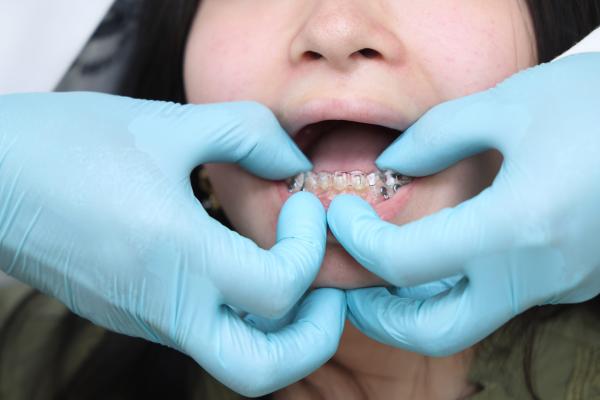Clear Aligners for Brittle Smiles: Navigating Orthodontics in Osteogenesis Imperfecta
Osteogenesis Imperfecta (OI), commonly known as brittle bone disease, presents unique challenges in dental and orthodontic care. Patients with OI often have fragile bones and teeth, making traditional braces risky due to the pressure and rigidity involved. But could clear aligners be the key to addressing malocclusion in this population? Recent research, including a pioneering study from McGill University, suggests that we may be entering a new era of orthodontic care for individuals with complex conditions like OI.
Azeem Jameel
11/28/20242 min read


Clear Aligners for Brittle Smiles: Navigating Orthodontics in Osteogenesis Imperfecta
Osteogenesis Imperfecta (OI), commonly known as brittle bone disease, presents unique challenges in dental and orthodontic care. Patients with OI often have fragile bones and teeth, making traditional braces risky due to the pressure and rigidity involved. But could clear aligners be the key to addressing malocclusion in this population? Recent research, including a pioneering study from McGill University, suggests that we may be entering a new era of orthodontic care for individuals with complex conditions like OI.
Understanding the Challenges of OI in Orthodontics
OI affects not just the bones but also dental tissues, leading to issues such as:
Dentinogenesis Imperfecta (DI): Teeth with a translucent appearance and increased fragility.
Malocclusion: Misalignment of teeth due to irregular bone growth in the jaw.
Reduced Bone Density: Making traditional orthodontic procedures more complex and risky.
Traditional braces often exert consistent force on teeth, which may increase the risk of fractures or exacerbate underlying dental issues in OI patients. This leaves many patients and providers searching for a gentler, yet effective, alternative.
Why Clear Aligners Could Be Game-Changing
Clear aligners, designed to gradually shift teeth using custom-fit trays, offer several potential advantages for OI patients:
Gentle Forces: Aligners can be tailored to apply minimal and controlled forces, reducing the risk of damaging fragile teeth or supporting bone structures.
Non-Invasive Treatment: Unlike braces, aligners don’t involve brackets or wires that could pose additional risks of irritation or breakage.
Customizability: The aligner trays can be designed to accommodate unique dental conditions, such as dentinogenesis imperfecta, without compromising effectiveness.
What Recent Research Tells Us
A study spearheaded by researchers at McGill University is exploring how clear aligners can safely and effectively treat malocclusion in OI patients. Early findings are promising, suggesting that aligners can offer a viable solution where traditional braces may fall short.
However, challenges remain:
Monitoring Progress: Patients with OI may experience varying rates of tooth movement due to bone fragility, requiring frequent adjustments to treatment plans.
Material Durability: Aligners must be made from materials capable of adapting to the unique stressors of OI-affected teeth.
Long-Term Outcomes: While short-term results are encouraging, more research is needed to assess the long-term stability of aligner-based treatments in these cases.
Real Stories, Real Impact
Take Sarah, an OI patient who struggled with malocclusion and tooth sensitivity. Traditional braces were ruled out due to concerns about her fragile teeth. With the help of clear aligners, Sarah is now undergoing a treatment plan that accommodates her condition, improving her smile without compromising her dental health. Stories like hers underscore the potential of clear aligners to transform lives.
The Path Ahead
Clear aligners are not just about aesthetics—they’re about accessibility and innovation. For patients with osteogenesis imperfecta, this approach represents hope for a safer, less invasive solution to malocclusion.
As research continues to evolve, it’s clear that orthodontics is moving towards more personalized care, breaking barriers for those with unique challenges. By embracing these advancements, we’re not just straightening teeth—we’re reshaping possibilities.
For orthodontic providers and patients alike, the journey of clear aligners in treating brittle bone disease is just beginning. With ongoing research and innovation, the dream of a healthier, more confident smile is becoming a reality for even the most complex cases.

Connect
Social Accounts
+1 830 7451 586
Building 595, Block H3, Phase 2
Johar town, Lahore Pakistan
Address
Mail at:
Call at:


ClearCare Ortho offers premium-quality, exceptionally clear, and affordable orthodontic aligner treatments worldwide.
© 2023 Copyright ClearCare Ortho All Right Reserved.
info@clearcareortho.com
